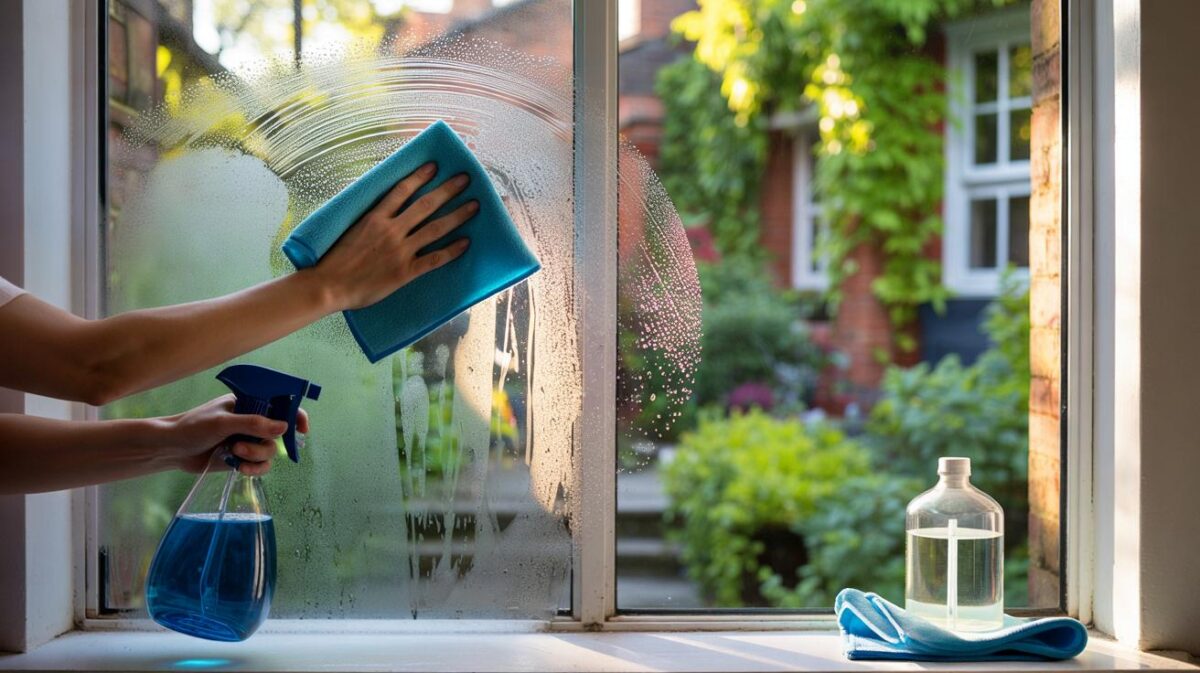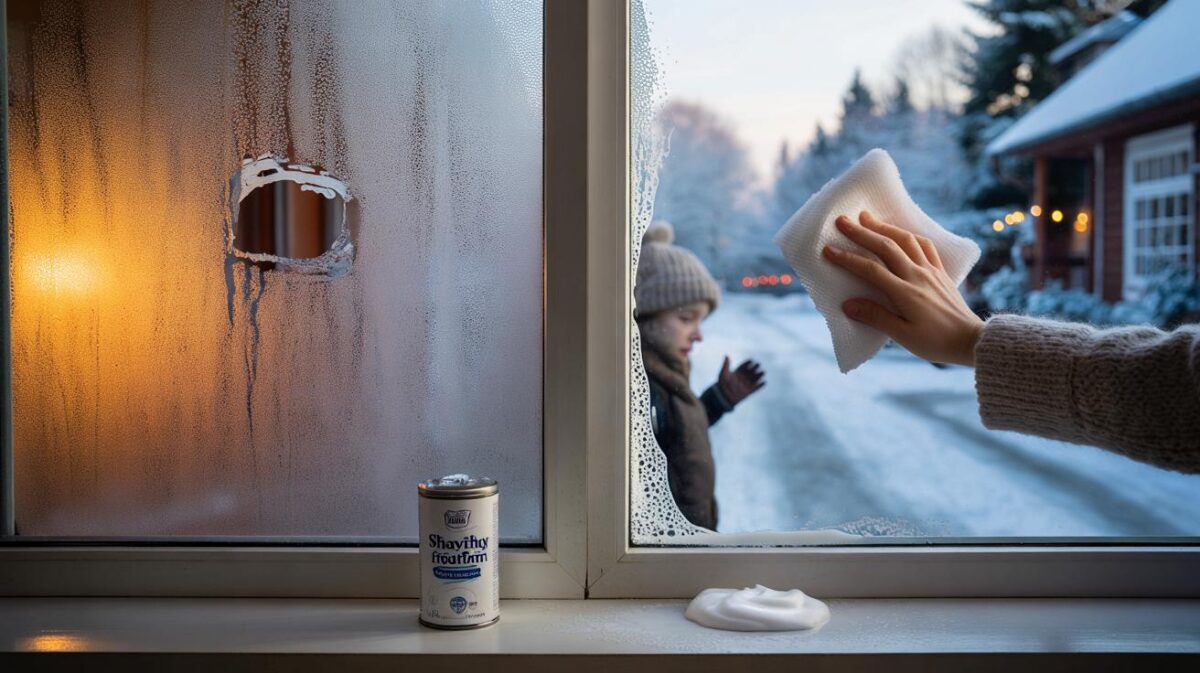An old island habit rings true.
Across kitchens, hallways and rented flats, people are turning to a low-tech fix that takes minutes, costs pennies and sits quietly in the background. It began in Caribbean homes and now lands in British cupboards with a tin, a nail and a handful of coconut charcoal.
Why people are turning to a coconut charcoal fix
Britain’s winter air traps moisture indoors. Steam from showers and cooking lingers. Shoe cupboards smell tired. Under-sink spaces breed a stale note that never seems to leave. Many reach for perfumed gels or plug-in dehumidifiers. Others prefer a simple, scent-free option that doesn’t draw power and keeps plastics out of the bin.
Activated coconut charcoal sits at that crossroads of thrift and practicality. It began as a household habit in the Caribbean, where coconut shells were burned and treated to create a highly porous material. Families tucked it into cupboards and pantries to keep them fresh. The same idea now appeals to renters, students and anyone with a damp-prone flat.
Ten minutes, one cleaned tin, about 30 g of coconut charcoal: a weekly routine that cuts stale smells for a few pounds.
What sits behind the claim
Micropores and adsorption
Activated charcoal works like a sponge for gases and moisture at the microscopic scale. Its surface is riddled with pores, so a tiny mass exposes an enormous internal area. The popular analogy says one gram spreads out like a football pitch. That network gives odour-causing molecules plenty of places to stick, and it can moderate humidity in tight spaces.
Household lore pushes a bold figure — up to twenty times its weight captured — yet performance varies by charcoal grade, room conditions and how enclosed the space is. It shines on smells and small enclosures. It won’t replace a powered dehumidifier in a wet bedroom after a leak. That distinction matters for expectations and safety.
Folk wisdom talks about 20x its weight in moisture; expect faster wins on odours, steadier gains on humidity in small spaces.
What you need
- Activated coconut charcoal, about 2 tablespoons (roughly 30 g)
- One clean 400 ml tin can, label removed and edges smoothed
- A hammer and a nail to make vents, or a small drill with a 3 mm bit
- Optional: a small terracotta pot with a saucer, pre-drilled
How to build and place it
Step-by-step in under 10 minutes
Pro tip: place the can higher inside a cupboard or wardrobe. Warm, humid air rises and meets the charcoal sooner.
Small tweaks that help
- For stubborn smells, sprinkle a thin layer of spent coffee grounds over the charcoal. The pairing often tames sharp odours.
- Avoid fabric sachets. They trap damp close to the fibres and slow airflow through the charcoal.
- Use two small cans rather than one large one in long cupboards. Distributed airflow makes the difference.
Where it works and what to expect
Results tend to show within three days in confined spots. The stale note fades first, then the air starts to feel drier to the touch — cardboard softens less, shoes feel less clammy, metal tins show fewer specks of corrosion. In fridges, the charcoal helps with onion, fish and cheese aromas without adding fragrance.
Homes with persistent damp should still chase the root causes. Fix drips, lift furniture off cold external walls, shut bathroom doors during showers, and crack a window after cooking. Aim for an indoor relative humidity of roughly 40 to 60 per cent. A cheap digital hygrometer will show if your charcoal station is taking the edge off.
How it compares to common options
| Material | Moisture role | What it’s best at | Risks and care | Typical small cost |
| Activated coconut charcoal | Moderates humidity in small, enclosed spaces | Odour removal, gentle drying, no fragrance | Dust if handled roughly; keep away from curious pets | About £3 for 50–100 g |
| Silica gel beads | Holds a significant fraction of its weight | Protecting toolboxes, camera bags, documents | Needs oven drying to regenerate; keep out of reach of children | £5–£8 for small tubs |
| Calcium chloride crystals | Pulls heavy moisture and forms liquid brine | Very damp rooms, caravans, sheds | Brine can spill; keep off metals and fabrics | £6–£10 for a refill |
Real-world numbers you can use
- Start with 30 g of charcoal per cupboard. Add a second can if relative humidity stays above 65 per cent after a week.
- Make 15–20 vents at 3 mm each around the can’s midline. More holes help airflow without losing granules.
- Keep the layer near 1 cm deep. A deeper bed slows air exchange and works no better in tight spaces.
- Refresh every 7 days during wet spells; stretch to 10–14 days in summer if your hygrometer stays in range.
Safety, disposal and smart add-ons
Handle charcoal with dry hands and pour slowly to avoid dust. If you’re sensitive, use a paper mask while filling the tin. Keep the can out of reach of small children and pets. Mark sharp edges with a strip of paper tape. When you refresh the charcoal, stir the old granules into outdoor soil or compost to improve structure.
Combine the setup with habits that cut moisture at the source. Lids on pans during boiling. An extra minute of extractor fan after showers. Shoes aired by a window before they return to a cupboard. If a room feels persistently clammy, run a small fan for 15 minutes to move damp air towards the charcoal stations and out through a vent or window.
When to scale up
If patches of mould reappear on walls, move beyond cupboard fixes. Consider a powered dehumidifier rated for your room size and keep indoor humidity below 60 per cent. Use charcoal to handle closed storage and odours, while the machine manages the bulk moisture load in the room itself.
A quick test you can try
Set a hygrometer inside a shoe cabinet with the door closed for an hour. Note the reading. Add a charcoal can on the top shelf and repeat the reading after 48 hours. If the number drops by 5 to 10 percentage points and the smell softens, you’ve hit the sweet spot. If not, add a second small can or improve airflow with a short daily door-open period.
The quiet win: fewer musty notes, less condensation on cold surfaces, and a cupboard that stays in the 40–60% comfort band.









Tried the 30 g in a tin (15 holes ~3 mm) under my sink and wow—the musty note faded in 48 hours 🙂 Cost me about £3 and I’ll stir the spent stuff into the garden. Not a full dehumidifier, but my shoe cabnet feels less clammy now.